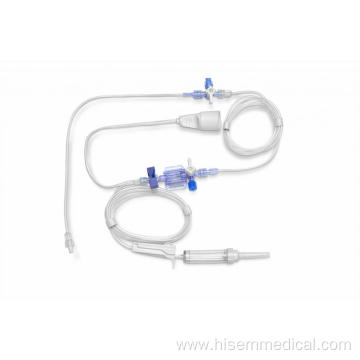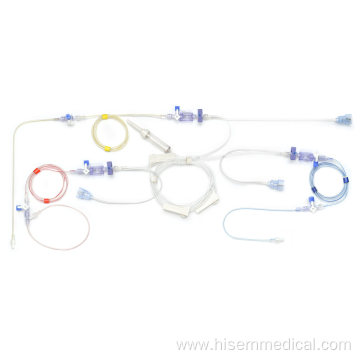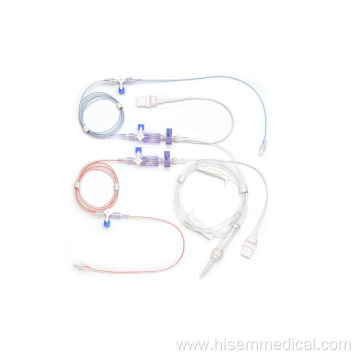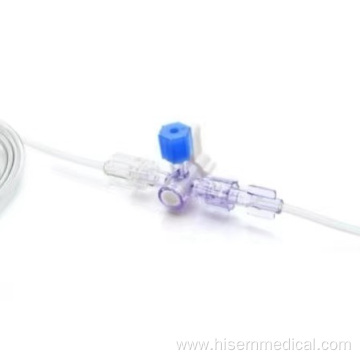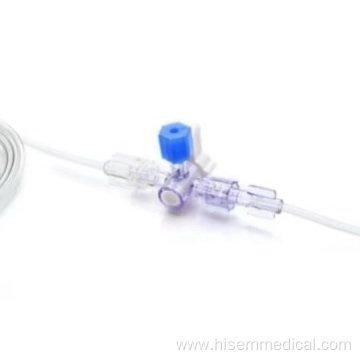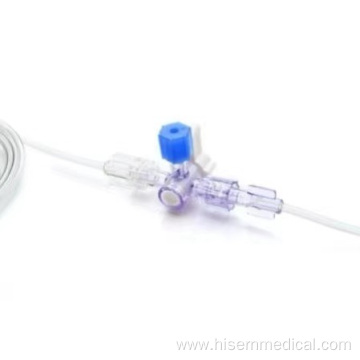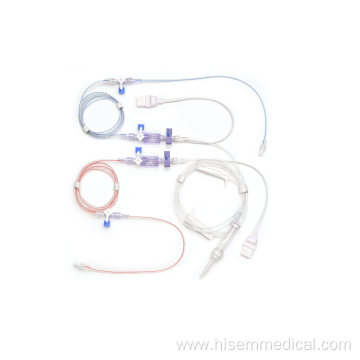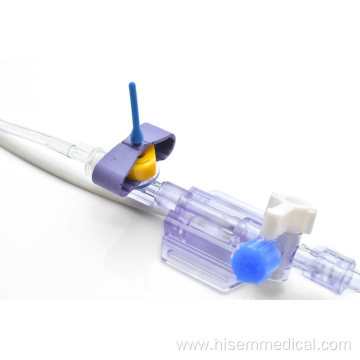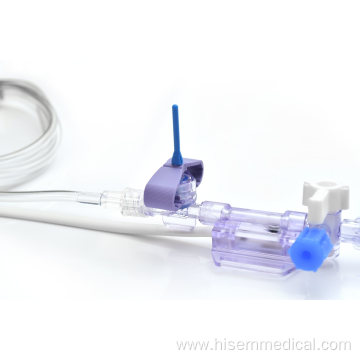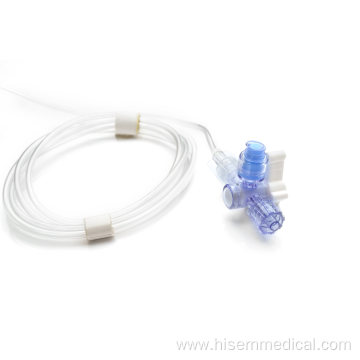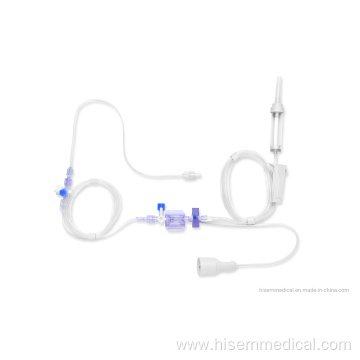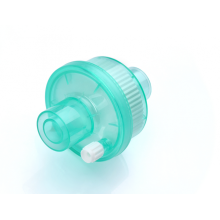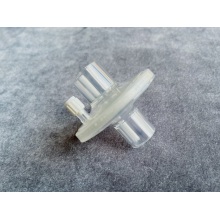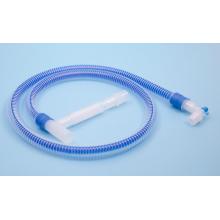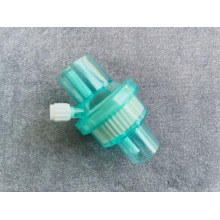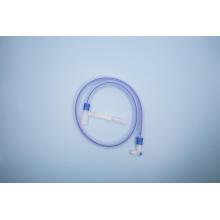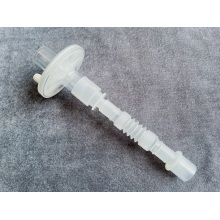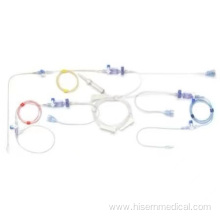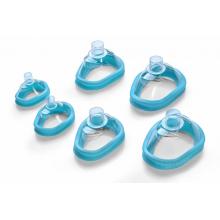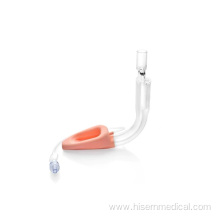Why invasive blood pressure monitoring is needed?
Arterial blood pressure is most accurately measured invasively through an arterial line. Invasive arterial pressure
measurement with intravascular cannula involves direct measurement of arterial pressure by placing a cannula needle in an
artery (usually radial, femoral, dorsalis pedis or brachial).
The cannula must be connected to a sterile, fluid-filled system, which is connected to an electronic pressure transducer. This
invasive technique is regularly employed in human and veterinary
Intensive Care medicine, anesthesiology and for research
purposes.
IBP (Invasive Blood Pressure)provides various clinical values. In surgical applications, the blood pressure is continuously and
accurately measured, allowing medical staff to react to changes faster. For example, if
Anesthesia is given to the patient, the
continuous monitoring can confirm it has not caused an adverse effect to the blood pressure. During certain operations,
maintaining blood pressure in a very narrow range is critical; IBP creates the capability to monitor and maintain pressures. IBP
also plays a critical role in situations where blood pressure is expected to fluctuate rapidly. By continuously monitoring the
pressure, medical staff can be more timely and accurate in their reactions.
When to use:
NIBP(Non-Invasive Blood Pressure) is not possible to use or when greater accuracy is required.
Blood pressure must be maintained in very narrow range for a period of time.
Blood pressure is expected to fluctuate significantly.
Continuous blood analysis is required.


